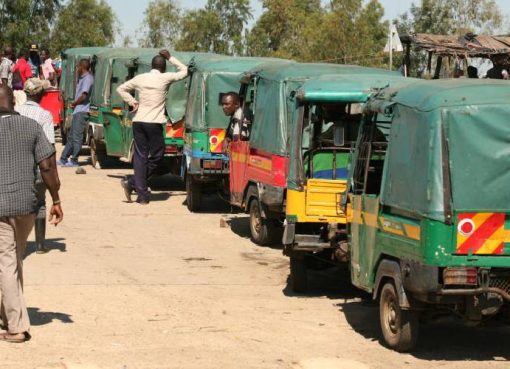Torrents of rain currently pounding in most parts of West Pokot County is causing anxiety among residents in the maize growing parts of the region casting doubts of the standard maturity of their crops.
The region has been experiencing unusually heavy rains despite the maize crops approaching the stages that require moderate rains to facilitate normal maturity.
The farmers told KNA that the rains disappeared during the critical flowering and graining stage in July only to start pounding heavily after these crucial stages where enough water is required.
Farmers have expressed fears that their maize crop will take long to mature and if the heavy rains continue then production will be negatively affected.
“At this stage we expect depressed rains to allow the maize to start drying. This is the final stage of growth and if the rains continue to pound the maize crops may start rotting before drying. The soil moisture content is too high,” explained Samson Pkemoi.
Pkemoi added that the maize crops would have started maturing to allow farmers to start preparing for harvesting but the heavy rains might slow down the maturity period.
“In August, the main crops planted under rain fed agriculture were maize and beans, whereby most of maize crop was at graining stage across the Pastoral and Agro-pastoral areas, and was generally performing well except in Masol and Lower Sekker wards where most of it had wilted out due to persistent dry spells during the season,” reads the West Pokot County National Disaster Management Authority (NDMA) August 2022 Drought Early Warning Bulletin.
The farmers said they expected the rains to decrease in September but the trend seems to have changed leading to worries. Residents are optimistic that the prices of dry maize now retailing at between Sh150 and Sh180 a 2kgs tin will drop once harvesting season commences.
They said this year seems a strange one since by this time the market would be flooded with dry maize from this season and prices would be half the existing one.
In the Irish potatoes growing areas of Lelan ward in Pokot South, farmers too expressed fears over the ongoing rains and unprecedented misty condition saying it is forcing them to spend lots of money is buying pesticides to guard their crops against blight.
“The sun is barely seen and our potatoes are being attacked by the blights owing to the extreme cold weather coupled by the heavy rains,” said Anne Cherotich.
However, the heavy rains is a reprieve for livestock farmers following an increase in the market price of their livestock due to the enhanced forage and water access
For instance a medium sized 4-year-old bull is going at Sh.20, 688 depicting a price improvement as compared to the previous Sh.19, 733 in the month of July.
In the NDMA August 2022 Drought Early Warning Bulletin periodical update, the fair price increase is due to the fair body condition of the animals and the least cattle price recorded in some parts of the county such as Lomut in Pokot Central Sub County and Chepareria Markets in Pokot South Sub County.
The report also indicated that the highest cattle price was placed at Sh27, 500 whereby the differences were occasioned by the livestock body condition arising from the pasture availability and reduced trekking distances to water points.
West Pokot County is known for its pastoral economy where residents thrive in cattle and goat farming owing to the expansive grazing lands.
The update further intimates that the county recorded an average price of Sh.3, 875 for a 2- year-old medium size goat which translates to a two percent increase as compared to Sh. 3,526 in the month of July.
“The highest average goat price was at Sh. 5,000 in Chepareria market in Pokot South Sub-County in the agro-pastoral livelihood zone that had better browse conditions while pastoral zones of Sekker in Pokot Central Sub-county recorded as low as Sh.3, 500 in Orwa market due to uneven rains performance affecting the forage and body condition of goats leading to lower prices,” stated the NDMA report.
The average household milk consumption increased to 1.5 litres currently, from 1.3 litres recorded in the previous month with the increase in consumption being attributed to the improved milk access at the household level.
“Milk availability is likely to increase further in the coming months owing to ongoing rains and better water and forage availability across the livelihood zones in the county,” indicated the report released by NDMA West Pokot County Coordinator Michael Kimithi.
Kimithi noted that in case the rains continue pounding throughout this month, there will be need for intervention measures on post-harvest loses.
By Richard Muhambe




